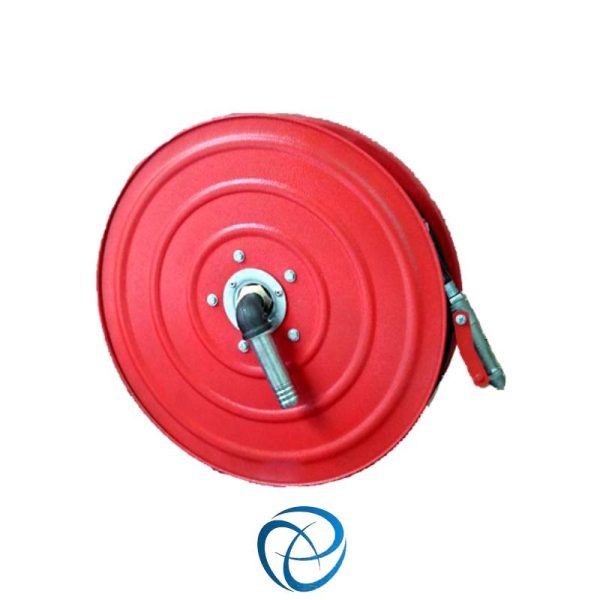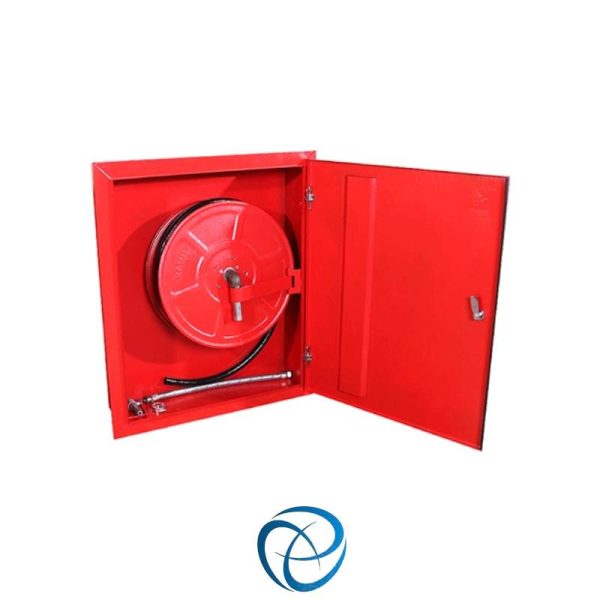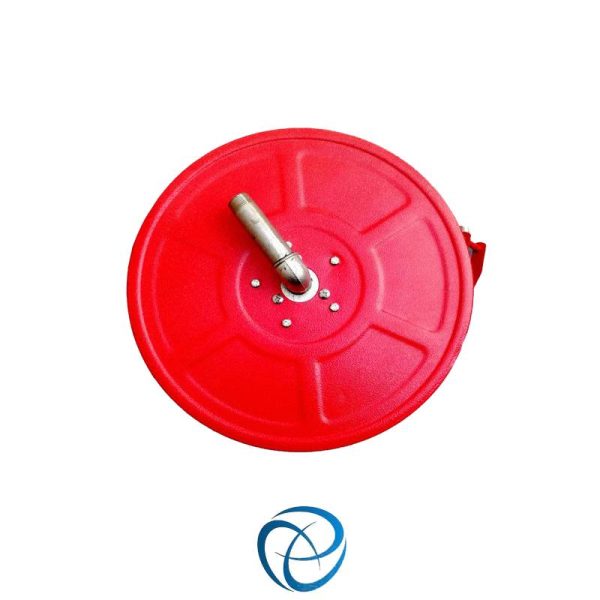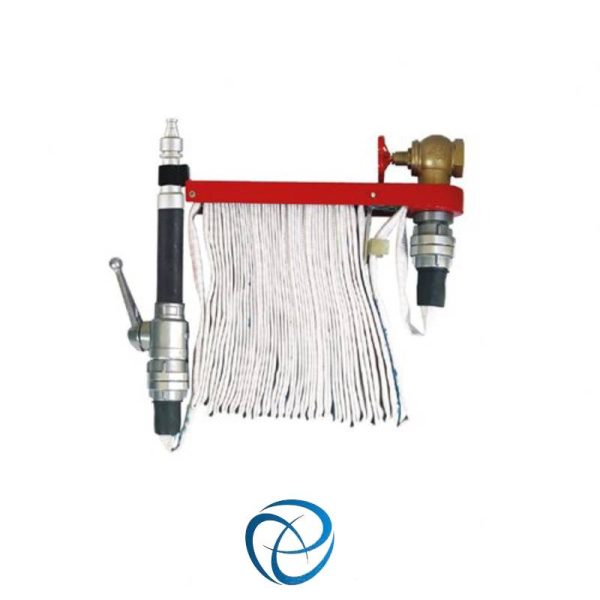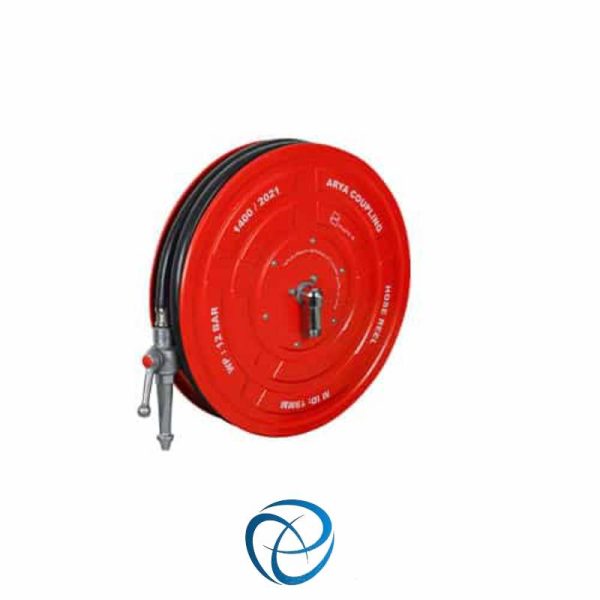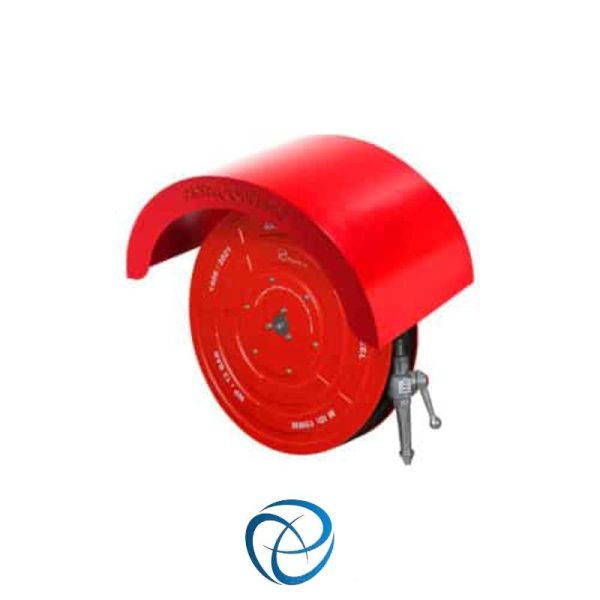What is a Hose Reel in Fire Fighting?
A hose reel is an essential piece of equipment in fire fighting systems, designed to provide a quick and efficient way to deploy water for combating fires. It is typically found in buildings, industries, and public spaces as a vital part of an automatic fire-fighting system, offering a simple but effective means of controlling small fires before they escalate. Here’s an in-depth look at hose reels and their role in fire fighting:
1. Definition of a Hose Reel
A hose reel in fire fighting refers to a cylindrical spool or drum that is used to store and deploy a fire hose. The reel is designed to make it easy for fire-fighting personnel or even building occupants to access the hose and water quickly in case of a fire. These systems are connected to a water supply, such as the building’s main water line or a dedicated fire water system, and the hose is usually pre-connected to the reel, ready for use.
2. Components of a Hose Reel
The basic components of a hose reel include:
-
Reel or Drum: The spool where the hose is wound. It allows for easy rolling and unrolling of the hose, ensuring quick deployment in an emergency.
-
Fire Hose: Typically made from durable, flexible materials like rubber or synthetic fabrics, the hose is resistant to wear, heat, and pressure. It is designed to withstand the force of water being pumped through it.
-
Nozzle: The nozzle is attached to the end of the hose and controls the flow of water. It is adjustable to allow for different spray patterns, such as a fine mist or a direct stream, to suit the type of fire and the situation.
-
Valve/Control Mechanism: This regulates the water flow to the hose. By turning the valve, users can control the pressure and volume of water being released.
3. How Hose Reels Work in Fire Fighting
Hose reels are strategically located throughout buildings, especially in commercial and industrial environments, to provide immediate access to water in case of a fire. When a fire breaks out, the individual can simply pull the hose from the reel, connect the nozzle, and start spraying water onto the fire. Hose reels typically allow for a quick deployment due to their ease of use and portability.
The hose reel is usually designed to deliver a continuous stream of water, typically at a low to medium pressure, making it suitable for smaller fires, such as those involving paper, wood, and textiles. They are often used in conjunction with other fire-fighting systems, like sprinklers and fire extinguishers, to effectively contain and extinguish fires.
4. Advantages of Hose Reels in Fire Fighting
-
Quick Accessibility: Hose reels are often mounted in easily accessible locations, such as along corridors or near exits. Their quick accessibility makes them an ideal choice for rapid response to fires.
-
Ease of Use: Unlike fire extinguishers, which may require specific techniques or knowledge, hose reels are simple to operate. Even untrained individuals can effectively use a hose reel in an emergency situation.
-
Continuous Water Flow: Unlike portable fire extinguishers, which have a limited amount of suppressant, hose reels provide a continuous flow of water, allowing the user to apply water as needed for as long as the fire continues.
-
Cost-Effective and Low Maintenance: Hose reels are relatively inexpensive to install and maintain, making them a popular choice for buildings with fire-safety requirements.
5. Applications of Hose Reels
-
Residential Buildings: Hose reels can be installed in residential buildings for immediate access to fire-fighting equipment.
-
Commercial and Industrial Spaces: In larger commercial buildings, offices, factories, and warehouses, hose reels are a key component of fire safety systems.
-
Public Spaces: Hose reels are also commonly installed in public buildings like malls, schools, and hospitals, where quick action may be needed in case of a fire.
-
Marine and Offshore: Hose reels are often found on ships, oil rigs, and offshore platforms where fire hazards are prevalent.
6. Maintenance and Inspection
Regular maintenance and inspection are critical to ensure that the hose reel system is in working condition and ready for use in case of an emergency. Maintenance tasks typically include:
-
Checking for Leaks: Inspecting the hose for any signs of wear, tear, or leaks that could compromise the water flow.
-
Testing the Water Supply: Ensuring the water supply is operational and capable of delivering adequate pressure for fire fighting.
-
Inspecting the Nozzle: Ensuring the nozzle is free from blockages and in good condition to control water flow.
-
Rotation and Winding: Ensuring the hose reel rotates smoothly and that the hose can be easily unwound and rewound.

